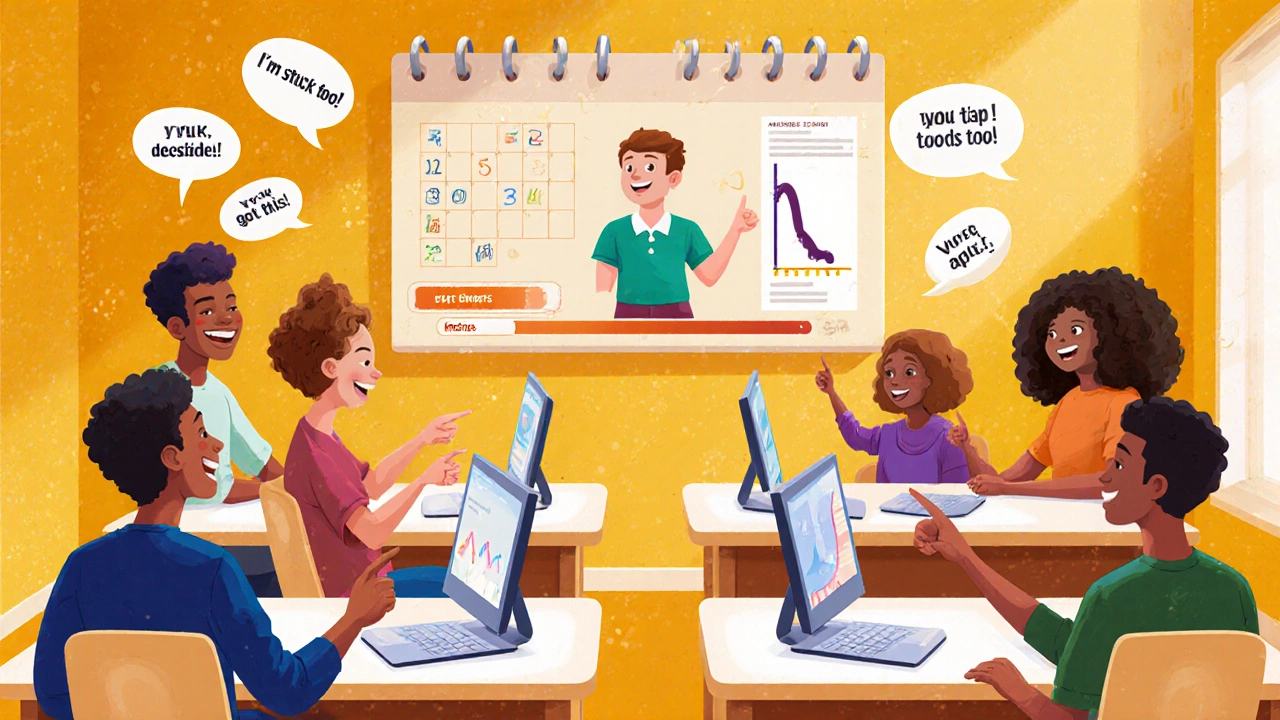Learning Models: How People Really Learn Online and What Works in 2025
When we talk about learning models, structured approaches that explain how people absorb, retain, and apply knowledge. Also known as educational frameworks, it’s not about how fancy your course looks—it’s about how your brain actually holds onto what you learn. Most online courses fail because they treat learning like a video you watch, not a skill you build. The best ones? They follow proven learning models that match how humans work: through repetition, feedback, real practice, and emotional connection.
Take micro-learning, short, focused lessons designed to fit into busy schedules and boost retention. Also known as bite-sized training, it’s not just about making videos shorter—it’s about delivering one clear idea at a time, so your brain doesn’t overload. That’s why courses with 5- to 10-minute modules outperform hour-long lectures every time. Then there’s gamification, using game-like elements like points, badges, and progress bars to trigger motivation and habit formation. Also known as behavioral engagement systems, it works because it turns learning from a chore into a challenge you want to finish. And instructional design, the science of building courses that actually lead to skill mastery. Also known as course architecture, it’s the invisible backbone behind every effective online course—figuring out what to teach, when, and how to test it so you don’t just remember it, you use it.
These aren’t just buzzwords. They’re tools used by top educators and companies to turn passive viewers into active learners. If you’ve ever finished a course and still couldn’t trade a real chart, you’ve seen what happens when learning models are ignored. But if you’ve ever cracked a complex concept after a quick quiz, a live demo, or a puzzle-like challenge—you’ve felt what good learning models do. The posts below pull back the curtain on exactly how these systems work: how to build them, how to spot them, and how to use them whether you’re teaching or learning. You’ll find real examples from trading education, corporate training, and digital classrooms—all showing what sticks, what doesn’t, and why.

Course Cohorts vs Self-Paced Models: Which Keeps Students More Engaged?
Cohort-based courses keep learners engaged through structure and community, while self-paced models often lead to dropout due to isolation. Here’s what actually works for student retention and real learning.